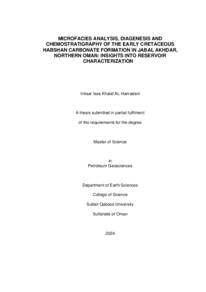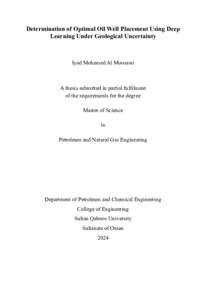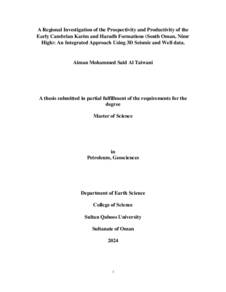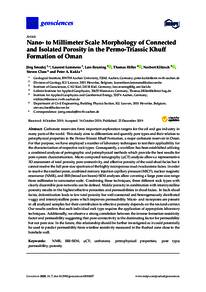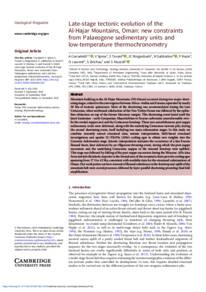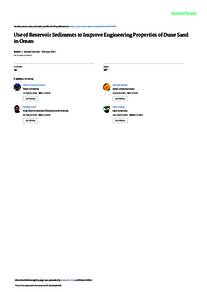وثيقة
Impact of basin evolution, depositional environment, pore water evolution and diagenesis on reservoir-quality of lower paleozoic Haima supergroup sandstones, Sultanate of Oman.
المعرف
DOI: 10.2113/geoarabia0904107
المصدر
GeoArabia. v. 9, 4, p. 107-138
المساهمون
Amthor, Joachim E., مؤلف
Spötl, Christoph., مؤلف
Terken, Jos M. J. , مؤلف
Matter, Albert., مؤلف
Borgomano, Jean R. F., مؤلف
الدولة
Bahrain.
مكان النشر
Manama
الناشر
Gulf PetroLink.
ميلادي
2004-10-01
اللغة
الأنجليزية
الملخص الإنجليزي
Sandstones of the Early Paleozoic Miqrat Formation and Barik Sandstone Member (Haima Supergroup) are the most prolific gas/condensate containing units in the northern part of the Interior Oman Sedimentary Basin (IOSB). The reservoir-quality of these sandstones, buried to depths exceeding 5 km, is critically related to the depositional environment, burial-related diagenetic reactions, the timing of liquid hydrocarbon charge and the replacement of liquid hydrocarbon by gas/ condensate. The depositional environment of the sandstones controls the net-sand distribution which results in poorer reservoir properties northwards parallel to the axis of the Ghaba Salt Basin. The sandy delta deposits of the Barik Sandstone Member have a complex diagenetic history, with early dolomite cementation, followed by compaction, chlorite formation, hydrocarbon charge, quartz and anhydrite precipitation and the formation of pore-filling and pore-lining bitumen. In the Miqrat Formation sandstone, which is comprised of inland sabkha deposits, similar authigenic minerals occur, but with higher abundances of dolomite and anhydrite, and less quartz cement. The deduced pore water evolution from deposition to recent, in both the Miqrat Formation and the Barik Sandstone Member, reflects an early addition of saline continental waters and hydrocarbon-burial related mineral reactions with the likely influx of lower-saline waters during the obduction of the Oman Mountains. Four structural provinces are recognized in the IOSB based on regional differences in the subsidence/ uplift history: the Eastern Flank, the Ghaba and Fahud Salt Basins and the Mabrouk-Makarem High. In the Fahud Salt Basin, biodegradation of an early oil charge during Late Paleozoic uplift resulted in reservoir-quality degradation by bitumen clogging of the pore space. On the Eastern Flank and the Mabrouk-Makarem High, however, the early oil bypassed the area. In contrast, post-Carboniferous liquid hydrocarbons were trapped in the Mabrouk-Makarem High, whereas on the Eastern Flank surface water infiltration and loss of hydrocarbons or biodegradation to pore occluding bitumen occurred. In the Ghaba Salt Basin, post-Carboniferous hydrocarbon charge induced a redox reaction to form porosity/permeability preserving chlorite in the reservoirs. The liquid hydrocarbons were replaced since the obduction of the Oman Mountains by gas/condensate which prevented the deep parts (>5,000 m) of the Ghaba Salt Basin from pore occluding pyrobitumen and thus deterioration of the reservoir quality.
ISSN
1025-6059
قالب العنصر
مقالات الدوريات


